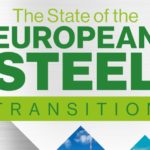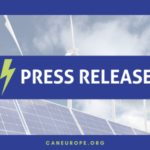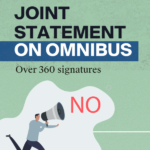Just transition requirements insufficiently covered in the updated National Energy and Climate Plans
Addressing the social dimension of climate action is no longer optional. By aligning climate, energy and social policies more effectively, the EU can pave the






